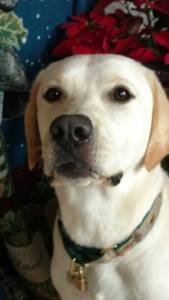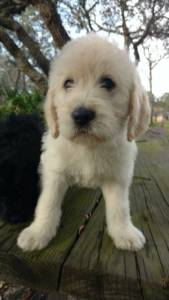Royal Highlands Labradoodles
At Royal Highlands, we are currently breeding F1 Labradoodles and F1B Labradoodles, as well Labrador Retrievers.
Labradoodle History
(from Spring Creek Labradoodles)
In 1989, the first litter of labradoodles was bred by Wally Conron, the breeding manager for GDAV Guide Dog Services in Australia. He bred this litter after a request was made by a vision impaired woman with a husband allergic to dogs. One puppy in the litter of three born had a coat suitable for this woman’s needs. This litter was the official beginning of the labradoodle.
The combination of the Labrador and the Poodle produced great puppies that were very smart and easy to train, which naturally led to people in the general public becoming interested in the labradoodle as family pets. The desire for non-shedding, allergy friendly coats has also played a huge part in the success and desirability of the labradoodle.
Many people continue to breed the Labradoodle as they did in the beginning years, by crossing a Labrador with a Poodle to produce first generation Labradoodles. This method results in dogs with a wide variety of looks and coats. Some will be allergy friendly, some will not. Some will shed, and some will not. Others have gone on to try and “fix” the non-shedding, allergy friendly coat of the Labradoodle by breeding those first crosses back to Poodles. Then, by selecting the best from their litters they breed those Labradoodles to other selected Labradoodles or to Poodles to go on to produce dogs that are more likely to not shed.
The Labradoodle as a breed is still in its development and is not yet recognized as an official breed, however, breed standards are carefully managed by several labradoodle organizations.
Parents
Our first litter was born on July 29, 2018 to _____ the yellow lab and Mocha the standard poodle.


Different types of labradoodles
(from Spring Creek Labradoodles)
F1 LABRADOODLE
F1 Labradoodles result from a lab being bred to a poodle. “They have a variety of coat types ranging from flat hairy coats that are not very long and are very easy care to a very woolly coat which looks a lot like a poodle especially after clipping. The coats in between are various in length, thickness and texture. The coats can change quite dramatically as they grow….” (Quote taken from Kate Schoeffel’s web-site: http://www.family-pets.com/ Also, it is important to know that first cross coats range from completely non-shedding if you are lucky, to full shedding like a lab. An experienced breeder should be able to determine for you what the coat will be like.
F1B LABRADOODLE
F1B’s are the result of a first cross labradoodles bred back to a poodle in order to produce better coats in the puppies. Many first cross dogs are slight to heavy shedders, with a variety of coat types and textures, so by breeding back to a poodle, you bring back in more of the non-shedding aspect and typically you end up with gorgeous, growing, beautiful coats. F1B coats are typically no different than the Multi-gen coats. The only real difference is the generation of the litter bred.
MULTI-GEN LABRADOODLE
Multi-gen labradoodle technically means a dog resulting from a litter where both parents were at least F1B generation or beyond.
Labradoodle Coat Types
Labradoodle coat types are described by terms that are referring to primarily the texture of the coat, not degree of curl. Below are description of each coat type. Many people wrongfully assume that all wool coats will be curly, or all hair coats will be totally straight and flat. This is not the case and within each coat type varying degrees of curl can exist. When communicating with your breeder, be sure to describe the degree of curl you are interested in as well as if you have a preference for texture.
In general, the two coat types best for those with allergies are fleece and wool. Another assumption many people make is that the wool coat is the only coat ideal for those with allergies. This is not true, and fleece coats can be just as equally allergy friendly. An experienced breeder will be able to tell which are the best for those with allergies.
At Royal Highlands, the needs of each family are very important to us. Helping us understand the coat types you are interested in is critical to making sure we find a puppy that is a perfect fit for your family.
HAIR COAT
A coat that varies in thickness and length, and may be different on one part of the body compared to another. Typically straight or minimally wavy, but may also be curly. Very low maintenance as far as brushing goes, but do tend shed. Some will be heavy shedders, others very light shedders. This is not a recommended coat type for those with allergies or those who do not want to deal with shedding.
FLEECE COAT
Has a soft feel and should not feel like hair or wool. Can vary in degree of curl. There is a transition from puppy to adult coat and during that time the coat may become very high maintenance. Typically a completely non-shedding coat and a good coat type for those with allergies. Overall will require a minimal to moderate amount of grooming. Longer coats will require more maintenance than coats clipped short.
WOOL COAT
Usually a tightly curled coat that has a course texture, but may also be wavy. High maintenance when long, but can be kept trimmed short for easier maintenance. Typically a non-shedding coat and usually very allergy friendly. If you want a longer coated labradoodle, and want a wool coat, you need to be prepared for a significant amount of grooming.
[/vc_column_text][/vc_column][/vc_row]



















